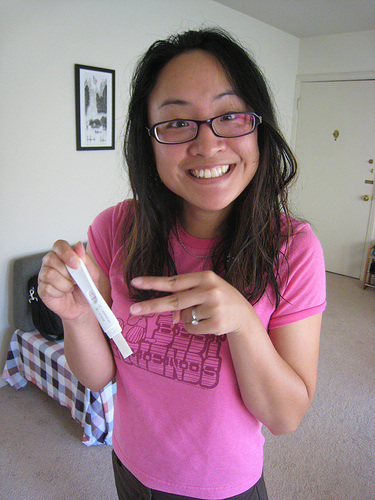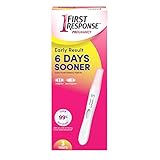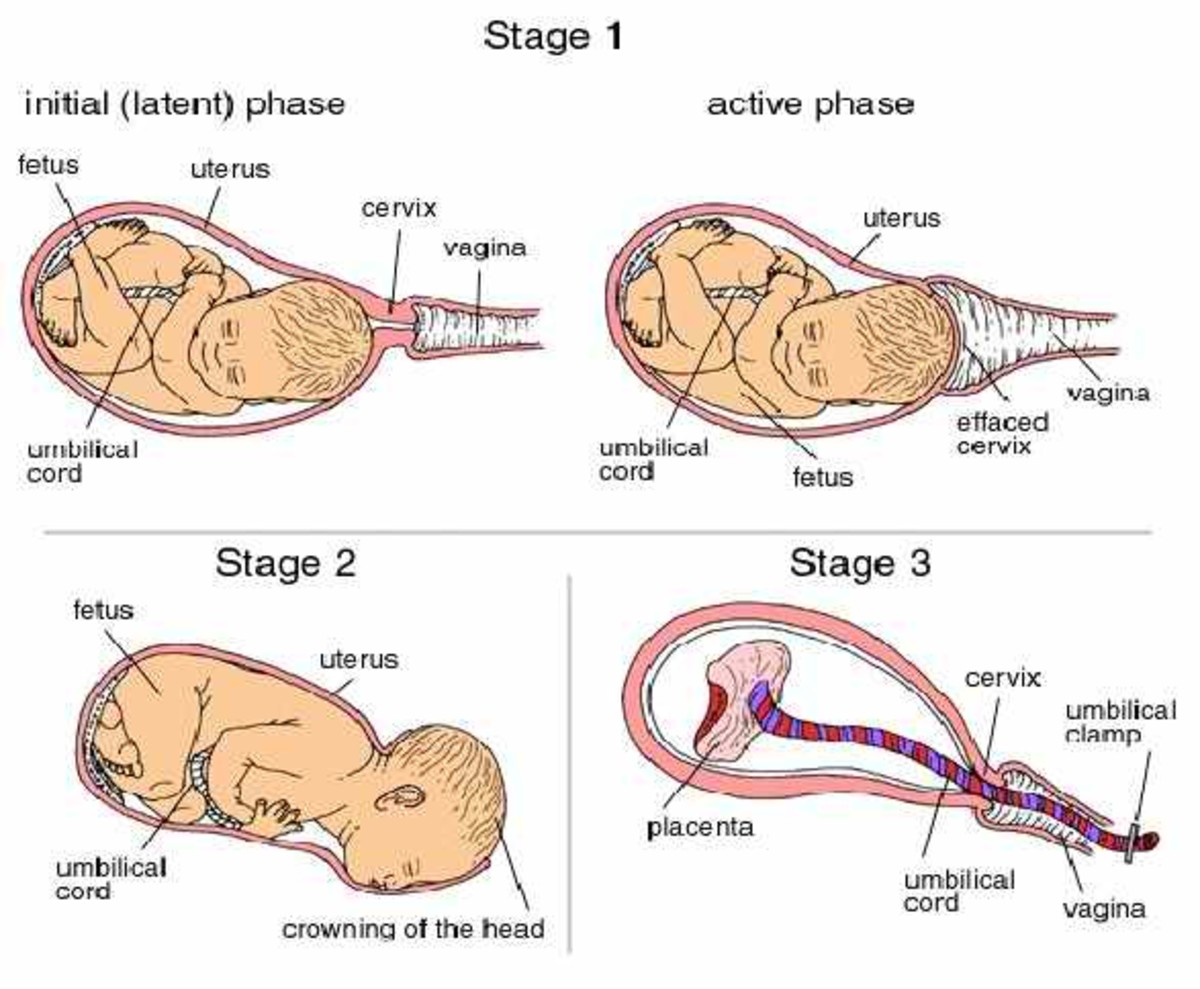How to Choose the Best Time to Get Pregnant
The best time for a woman to conceive is during her fertile period, which typically occurs about three days before ovulation through the day she ovulates. Ovulation occurs when an ovum is released from a woman’s ovaries. Having intercourse during this three- to four-day period gives couples the best chance of conceiving.

- Early Symptoms of Pregnancy
Although every woman is unique, there are some universal early signs of pregnancy that may be experienced to one degree or another. Some women may have symptoms right away, within a week of conception. For... - Why Am I So Tired? Fatigue in Early Pregnancy
Pregnancy symptoms vary from woman to woman, but there are many common symptoms of pregnancy. These can include morning sickness, missed period, breast tenderness, bloating, headache, and much more. To learn...
For couples trying to conceive, paying attention to the woman’s menstrual cycle will help determine when she is most fertile. A woman’s cycle begins on the first day of menstruation and ends the day before her next period begins. Here are some steps you can take to determine the best time to get pregnant.
1. Discover your natural cycle length.
When a woman is on birth control, the hormones released by the birth control determine the length of a woman’s cycle. While this is convenient for women on birth control, it does not indicate the natural length of a woman’s cycle—the cycle length that will determine a woman’s fertility. Therefore, couples trying to get pregnant should cease using birth control and then carefully note the length of the woman’s natural cycle. The length of the natural cycle varies from woman to woman. Monitoring the length of the cycle for six months will give couples an accurate idea of the natural cycle length. If conception has not occurred during this timeframe, couples should then begin calculating the woman’s fertile period to determine the best time to get pregnancy.
2. Determine your most fertile period.
Once you know your natural cycle length, count backwards 18 days from the end of the cycle and mark this day on the calendar. Then count backwards 14 days from the end of the cycle and mark that day on the calendar. The period between these two days is the time of a woman’s greatest fertility. This is the best time to try to get pregnant.
3. Look for other signs of fertility.
F A woman will see other signs of her fertility as she nears ovulation. Her cervical mucus in the vaginal opening will become thicker and clearer a few days before ovulation. This is a good sign of fertility. Also, a woman should take her temperature with a basal thermometer when she wakes up each morning. Record these temperatures on a calendar to see how they vary. The best time to get pregnant is when a woman’s temperature is low just before ovulation. This sign combined with a thickened mucus indicates a good time to conceive.




